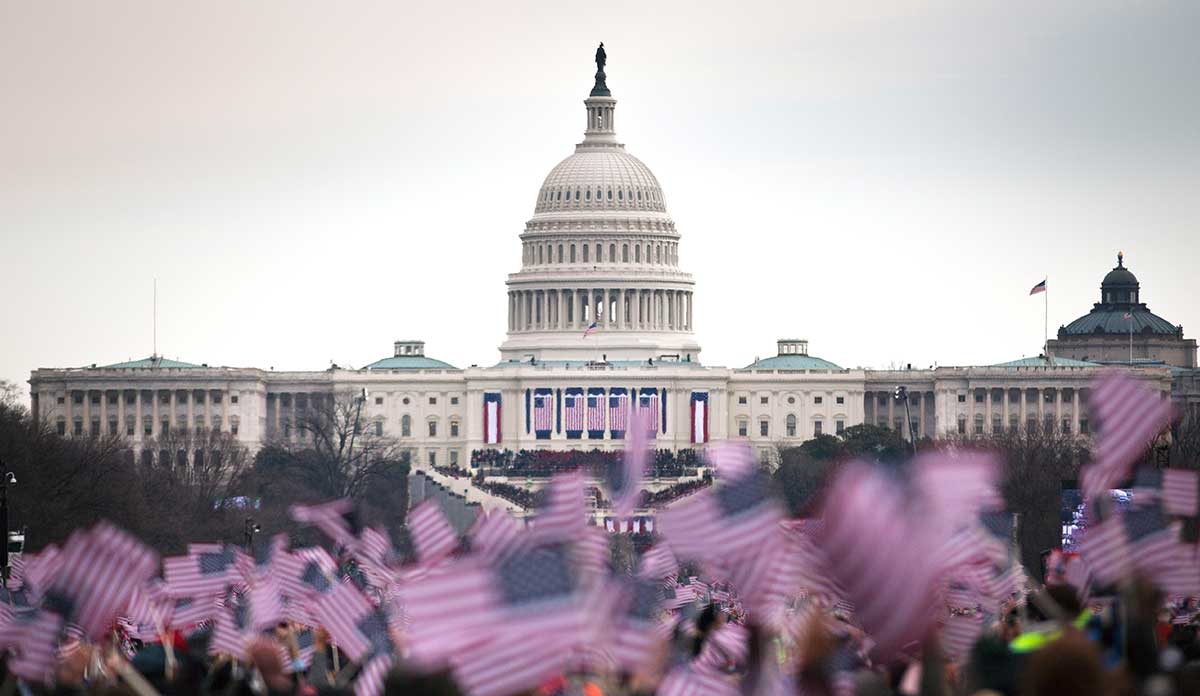It’s (finally) Inauguration Week. With a new government starting, it’s a good time to look back at how brands communicated during the turmoil of the Trump administration, and how it informs new norms.
Many of us were raised with the idea that it’s bad form to speak about religion or politics. Brands historically have followed suit, yet things have changed over the last several years.
Was Trump’s presidency a turning point?
Just last year, hundreds of businesses released strongly worded messaging in support of the Black Lives Matter movement. More recently corporate leaders spoke out against the unprecedented unrest at the U.S. Capitol and pointed the finger directly at President Trump.
Not every moment will be as clear or as big as watching an insurrection on television, so the question arises: when is it appropriate for a brand’s external messaging to verge into politics or politically charged issues? The answer: it’s complicated.
Brand values start with the customer
It all starts with understanding your brand. That includes its values and those of its audience. This also means messaging that is seen as authentic and not merely to seem “woke” or drive profit. Taking a political stance that’s not really informed by brand values won’t work; customers are good at spotting who is pivoting to benefit from the political environment.
For instance, if spice company Penseys or ice cream maker Ben and Jerry’s make a political statement, it’s not unexpected or inauthentic because we know the history of these brands. They’ve been speaking out about social and political issues for a long time. Senior management actually believe what they’re saying, and they know their audience agrees.
However, in the Trump era, more brands are trying to dip into political messaging, and sometimes it doesn’t ring true. Remember the fallout from the Pepsi commercial where Kendall Jenner handed a police officer a Pepsi, and it magically solved an unnamed issue? Pepsi took a lot of heat for that commercial and it wasn’t because the brand got political. The problem was that the message was so inauthentic. It also trivialized true protest action. (Did they really think a can of Pepsi would solve a systemic problem? We didn’t, either.) The ad was so tone-deaf that the public saw it for what it was. It wasn’t because Pepsi decided to take a stand against police violence, but instead was a clear sales play.
The winners will always take some heat
Pepsi failed by addressing activism in a shallow and inauthentic way. That’s not to say that a calculated risk can’t be worth it though. Another company tackled the racial inequality issue head-on and reaped the benefits for its brand. When it signed a deal with Colin Kaepernick in 2018, Nike knew that its audience supported the social justice issues Kaepernick kneeled for. Of course its stand was met with some backlash, but Nike product sales jumped in the following months. Why? It wasn’t because Nike went into politics, but rather because the message was true to the brand and its history. Nike’s branding has always conveyed passion, drive, and pushing yourself to do better, the very values that Kaepernick embodies as well.
Now that we’ve made it through four years of the Trump administration, we’ve moved past brands staying away from politics for fear of alienating consumers. On the contrary, many of today’s customers are looking for brands that share their values and actively communicate it. So, it’s up to marketers to identify areas of alignment and to convey their positions in a way that feels true.
